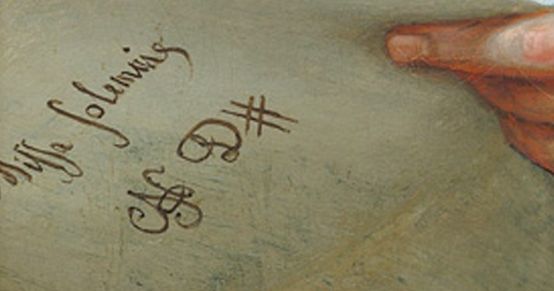"Elegischer Gesang
Every Friday, Beethoven is here. To mark the 250th anniversary of Beethoven's birth, each week Swiss Music Review will take a look at a different work from his catalog. Today, for the "Elegischer Gesang" for choir and string orchestra.

It's amazing how wrong you can be. Franz Schubert never took counterpoint lessons just before his death, nor did Alban Berg quote the chorale Es ist genug Bach's last work, the Violin Concerto. It's the inverted logic of posterity, which seeks to make sense of the sequence of events, to construct a biographical coherence and integrate the idea that the world follows a plan - indeed, more modestly, it's rare that in our own lives, things are directed by logic. Even theElegischer Gesang op. 118, published posthumously in August 1827, was not spared these aberrations. In the same year, Adolf Bernhard Marx noted in a short review that: "Beethoven's last musical poems sometimes evoke an emotion so tender, so intimate, so transfiguring that one is tempted to understand in them that he felt his end coming; they are dreams and premonitions that float on the strings, as if they were soon to leave the earth, in a breath [...] that awakens the sound and dies with it" (Berliner Allgemeine Musikalische Zeitung).
We now know that this elegiac song, largely unknown and even rarely performed, was composed 13 years earlier, probably on the third anniversary of the death of Eleonore von Pasqualati, on August 5, 1814. She was the second wife of Baron Jean-Baptiste von Pasqualati, Beethoven's long-standing friend, lawyer and landowner, who died at the age of 24, probably in childbirth. The work was probably never intended for a large choir or orchestra (as it is generally recorded), but rather for performance as part of a private religious memorial service. In any case, the instrumentation indicates that the four voices are accompanied by a single string quartet (expressly without double bass): "with accompaniment by two violins, viola and cello". Interpreted in this way, the score already appeared to contemporaries as a "masterpiece which, without great means and if well rehearsed, can be played with unquestionable success at the most dignified celebration of the funerals of loved ones" (Leipziger Allgemeine musikalische Zeitung, 1827).
Aufnahme auf idagio
Keeping in touch
A weekly newsletter reveals the latest column on line. You can subscribe by entering your e-mail address below, or by subscribing to our RSS feed.








